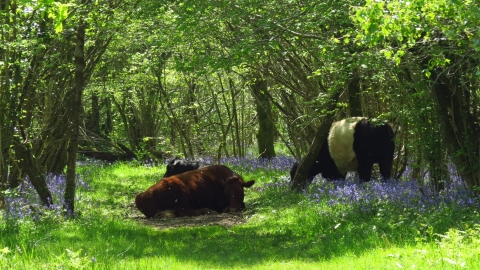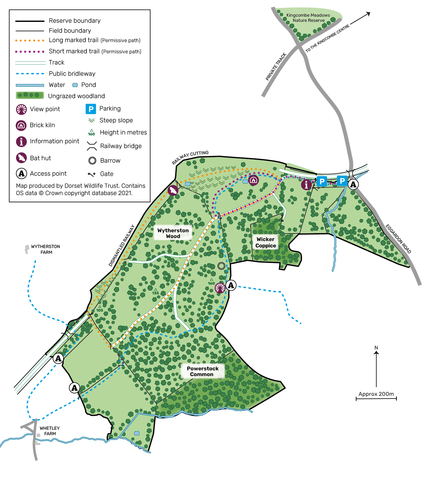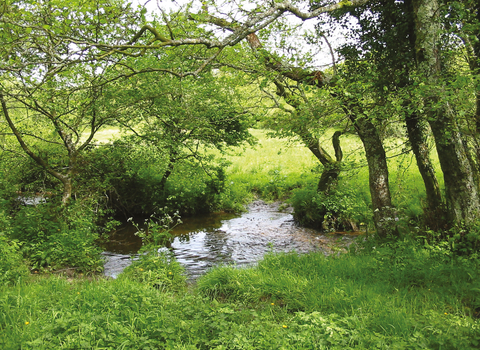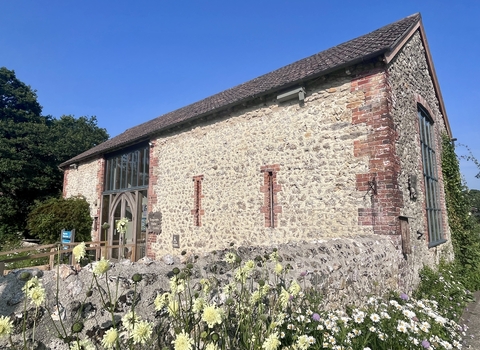Nick Dear / Powerstock common nature reserve



Marsh Fritillary © Ross Hoddinott/2020VISION
Location
Know before you go
Dogs
Please remove all dog mess from site. See above for more information about dogs on nature reserves.
When to visit
Opening times
Open at all timesBest time to visit
spring and early summerAbout the reserve
Designated as part of the Kingcombe National Nature Reserve by Natural England in 2021, Powerstock Common is hidden away in the West Dorset countryside, a gem of a nature reserve which supports an impressive list of rare and protected species amongst the intricate mosaic of unimproved wet and dry grassland, scrub, woodland and small copses.
A visit to Powerstock Common is rewarding at any time of year. In early spring the woodlands are alive with birdsong and sprinkled with a carpet of bluebell, wild daffodil, herb-Paris and early purple orchid. As spring moves into summer, the grassy areas along the disused railway and open common come into their own, with a flourish of spotted orchids giving way to a range of uncommon wildflowers, from rock-rose and carline thistle on the shorter banks to meadow thistle and sneezewort in the rush pasture fields. At this time the warm, sheltered banks of the old railway dance with butterflies, as dragonflies dart and dash around the scattered ponds. If your luck is in, you may catch sight of the rare and beautiful marsh fritillary butterfly which thrives in the tussocky damp grasslands, rich in devil's-bit scabious. Moving into autumn, the site comes alive with fruits and fungi, the former being of importance for the resident dormice, amongst other creatures, and the eerie sound of rutting deer, whilst a wintry stroll at the site may bring sightings of scampering hare, a snipe flushed from the rushy meadows and flocks of wintering thrushes.
Over recent years, we have removed large areas of conifer plantation from the Common and are now managing this area to return it to open wood-pasture. Along with the mix of habitat types, the abundance of 'edges' where woodland, scrub and scattered trees meet open grassland are particularly important for foraging bats, with the site supporting several rare species. The presence of a network of ponds within the matrix of grassland and scrub also makes the site valuable for amphibians, with toad, frog and all three species of native newt breeding on site. The site also supports a population of a rare mud snail, four species of reptile and a long list of moths.
Useful Information
Situated about three miles west of Maiden Newton, the reserve entrance and parking area lies adjacent to a disused railway bridge on a minor road parallel to, and about a mile west of, the A356, connecting the B3163 with the A35.
Habitat
Contact us
Environmental designation



